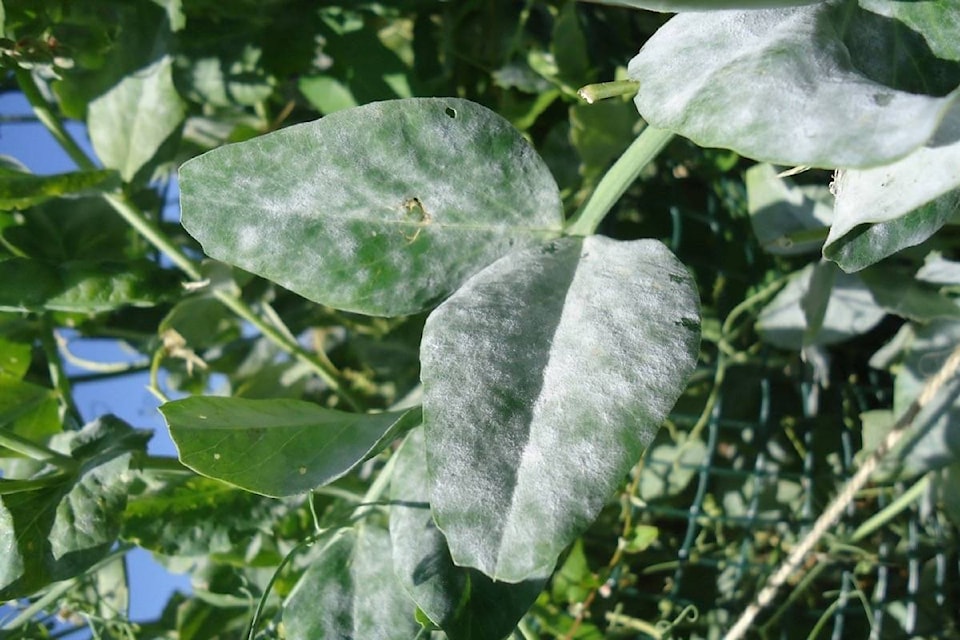Last August, I wrote about renovating strawberry beds. This only applied to June bearing plants. One bed was not done and this year the runners were out of the bed and running in every direction. I just finished cleaning both beds. I was fortunate to find a good supply of old horse manure and I am making good use of it.
I cut the stems about two inches (five cm) above the crown, leaving the new leaves on the plants. Some crowns were just laying on the soil surface so I covered the whole bed with compost and then added the horse manure and gave it a good soak.
The runners that were not rooted yet, I added to the compost with the leaves that can be composted if your plants are not diseased, and will transplant the other rooted runners next month when the temperature is cooler. They have a new bed waiting for them. Strawberry plants produce best when they are young. They need full sun for at least six to eight hours.
How to Treat Powdery Mildew
Some advice from the following website: http://www.saferbrand.com/articles/treat-powdery-mildew-plants
If your plants do develop powdery mildew despite your best efforts, don’t worry. There are many environmentally friendly options for eliminating the disease, including:
Baking Soda: Baking soda itself isn’t normally effective as a powdery mildew treatment, but when it’s combined with liquid soap and water, it can be a powerful weapon. It’s normally most beneficial if used as a preventative measure rather than a treatment. Combine one tablespoon baking soda and one-half teaspoon of liquid, non-detergent soap with one gallon of water, and spray the mixture liberally on the plants.
Mouthwash: The mouthwash you may use on a daily basis for killing the germs in your mouth can also be effective at killing powdery mildew spores. Since its function is to kill germs, the powdery mildew spores can’t withstand it. Using three parts water to one part mouthwash has been found to be a good ratio, but new growth can be damaged since mouthwash is potent, so use with caution.
Milk: Milk is making its way onto the scene as a viable means to control powdery mildew. Not all the science is known, but the compounds in milk may be able to act as an antiseptic and fungicide as well as potentially increase the plant’s overall immunity. It tends to be effective as a method of preventing powdery mildew on zucchini and other types of squash, as well as cucumbers. An effective mixture ratio is about one part milk to two or three parts water.
Organic Fungicide Treatments: If you don’t want a do-it-yourself solution, there is a variety of commercial treatment options that are just as environmentally friendly and approved for organic gardening. By going this route, you also know exactly what types of pests the treatment will kill and which types of plants it’s most helpful for.
Water: Since dry conditions coupled with high humidity are often the culprits behind powdery mildew growth, watering your plants overhead and getting the entire plant wet can help. However, it’s important to use this method somewhat sparingly as overwatering can cause other issues for your plants.
For more information call 250-558-4556 or email jocelynesewell@gmail.com
